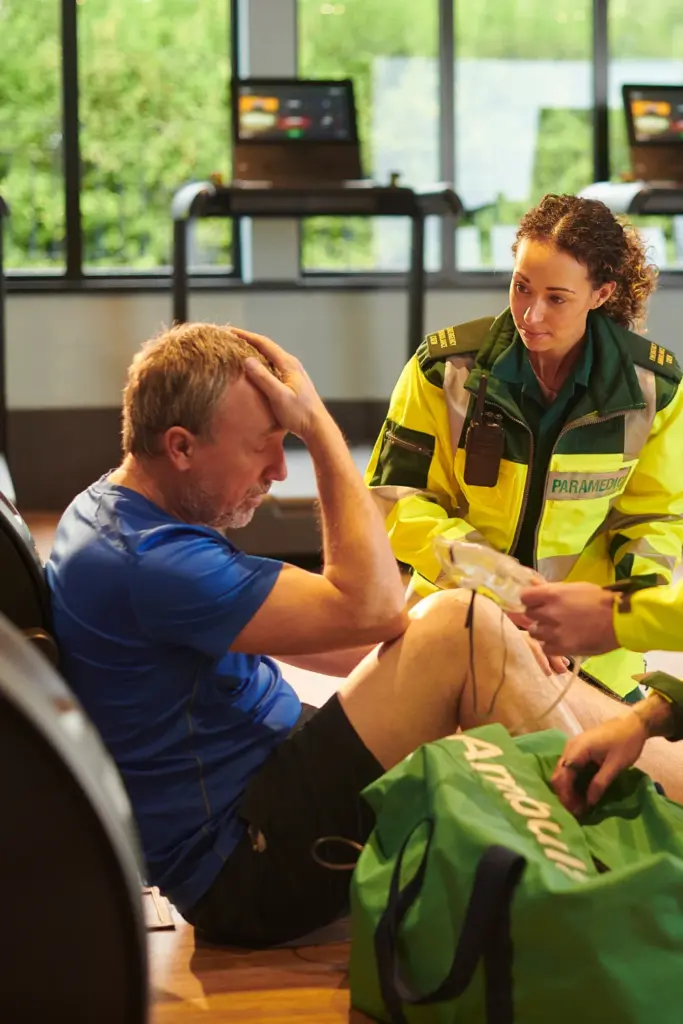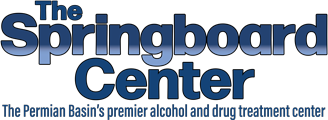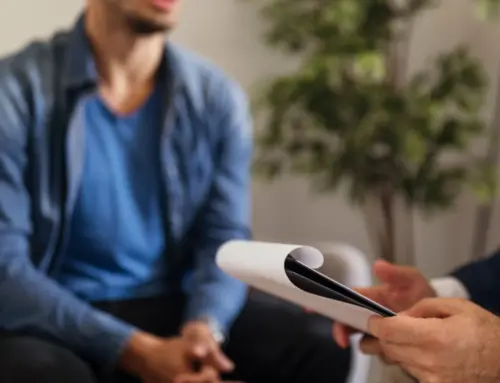Navigating the complex world of prescription medications can feel like walking through a pharmaceutical minefield.
Pain management isn’t just about what works — it’s about understanding exactly what you’re taking.
Gabapentin, despite its growing presence in medicine cabinets across America, remains one of the most misunderstood medications.
The confusion often stems from its pain-relieving properties, which can feel similar to opiates. Yet this anticonvulsant stands apart in both its mechanism and its implications for patient care.
So… is Gabapentin an opiate? Let’s dive right in.
Related: Alcohol Withdrawal Seizure: Signs, Symptoms, and When to Seek Help
Understanding Gabapentin: Is Gabapentin an Opiate?

Gabapentin is a prescription medication that’s far more nuanced than many patients realize.
But is Gabapentin an opiate? The short answer is no, Gabapentin is not an opiate.
Originally developed to treat epilepsy, this neurological marvel has since expanded its therapeutic reach into pain management and mental health treatment.
Gabapentin is categorized within the gabapentin drug class, which is recognized as gabapentinoids and differs significantly from other medication classifications. Neurontin, another name for Gabapentin, falls under a unique Neurontin classification designed to address neurological conditions.
As a specific Gabapentin medication type, it targets nerve-related pain and neurological disorders. Leveraging its anticonvulsant properties, Gabapentin provides relief for both seizure disorders and nerve pain.
The diverse Gabapentin uses range from treating epilepsy to managing chronic pain and certain mental health conditions. The medication primarily targets nerve pain and seizure disorders, providing relief for conditions like peripheral neuropathy, restless leg syndrome, and certain types of chronic pain.
Its mechanism of action essentially helps calm overactive nerve signals, reducing pain and neurological disruptions without the traditional addictive properties associated with opiates. However, when abused, Gabapentin can induce opioid-like symptoms, and for that reason, it does have the potential for abuse and addiction.
Differences Between Gabapentin and Opiates
Let’s clear up a critical misconception: Gabapentin is absolutely not an opiate. But is gabapentin narcotic? Despite some misconceptions, Gabapentin is also not classified as a narcotic medication, despite its potential for abuse.
When comparing Gabapentin vs. opiates, the differences in their mechanisms and potential risks become immediately apparent. Within pain medication classification, Gabapentin represents a non-opiate approach to managing chronic pain.
While both medications can be used for pain management, they operate through slightly different biological pathways. Opiates work by binding to specific receptors in the brain that regulate pain and produce euphoric sensations.
Gabapentin, in contrast, modulates calcium channels in the nervous system, providing pain relief through a different mechanism, although still creating euphoria in higher doses, leading to potential misuse.
The chemical structures are fundamentally different. Opiates derive from opium poppy plants or synthetic compounds that mimic their structure, while Gabapentin is a synthetic medication designed to interact with the nervous system in a targeted, controlled manner.
This fundamental difference means Gabapentin doesn’t carry the same high risk of respiratory depression associated with traditional opiates.
Related: What is a Functional Alcoholic?: Tips, Myths & Realities
Common Side Effects

Understanding potential side effects is crucial for responsible medication management. Gabapentin, like any prescription medication, comes with its own set of potential reactions that patients should be aware of.
Some patients may also experience gastrointestinal disturbances, such as nausea or vomiting, which can further complicate their medical condition. Open, honest communication with healthcare providers is the cornerstone of safe medication use.
Drowsiness and Fatigue
Many patients experience significant drowsiness when first starting Gabapentin which can substantially impact daily functioning.
Imagine trying to drive, work, or complete household tasks while feeling like you’re moving through molasses. Patients are advised to start at low doses and gradually increase, allowing their bodies to adjust.
If drowsiness becomes overwhelming, consulting your healthcare provider about dosage or timing can make a significant difference. It is important to understand that while many think of Gabapentin as a painkiller, they might wonder, “is gabapentin an opiate?” when experiencing these side effects.
Dizziness and Coordination Issues
Balance can become a serious concern for Gabapentin users. Sudden movements or standing up quickly might result in a spinning sensation or momentary loss of stability.
These symptoms can be dangerous, especially for older adults or those with existing mobility challenges. Safety becomes paramount. Patients should inform family members and caregivers about this potential side effect to ensure they can assist if necessary.
Consider using assistive devices, moving slowly, and ensuring your living space is free of tripping hazards.
Unsteady Gait
An unsteady walking pattern can result from Gabapentin’s neurological impacts.
In more severe cases, this unsteady gait can lead to falls and injuries, highlighting the importance of monitoring patients who are new to the medication. Patients should be proactive: use walking aids if necessary, avoid uneven surfaces, and communicate these symptoms with their healthcare provider.
Safe Usage Guidelines
Proper Gabapentin administration is a critical component of effective treatment. Always follow your prescribed dosage exactly. Never adjust your medication without professional medical guidance.
Proper storage is equally important — keep medications in a cool, dry place, away from children and pets, and never share prescription medications.
Additionally, keeping a medication log can help track dosage and timing, ensuring you stay on course with your treatment plan.
Related: How Long Does Hydrocodone Stay in Urine?
Drug Interactions
The potential for dangerous drug interactions with Gabapentin is significant. Certain medications, particularly those affecting the central nervous system, can create unpredictable and potentially harmful reactions.
It’s essential to avoid combining Gabapentin with alcohol, as this can exacerbate drowsiness and dizziness. Always provide a comprehensive list of your current medications to your healthcare provider, including over-the-counter drugs and supplements.
When to Get Help with Gabapentin Addiction
Patients often question, “Is gabapentin an opiate?” and while it’s less addictive than traditional opioids, it’s still vital to monitor its use closely, as dependency can still occur.
Recognizing early signs of potential addiction is crucial. These might include increasing dosage without medical supervision, experiencing withdrawal symptoms, or feeling unable to function without the medication.
Lifestyle Modifications
Recovery is about holistic healing. Incorporating mindfulness practices, such as yoga or meditation, can also aid in stress reduction and promote overall well-being.
Implementing positive lifestyle changes can support recovery, including regular exercise, proper nutrition, stress management techniques, and building strong support networks.
Alternative Pain Management
For those struggling with pain management, numerous non-medication approaches exist. Techniques such as mindfulness-based stress reduction can enhance the effectiveness of these interventions by promoting a greater sense of control over pain.
Physical therapy, acupuncture, meditation, and cognitive behavioral therapy can provide significant relief without pharmaceutical intervention.
Relapse Prevention Planning
Successful recovery requires ongoing commitment. Incorporating accountability partners or support groups can significantly bolster your efforts to remain on track and can provide encouragement during difficult times.
Develop a comprehensive relapse prevention plan that includes identifying triggers, creating coping strategies, and maintaining regular communication with healthcare professionals.
Reach out to Springboard Center for Addiction Support
At the Springboard Center, we understand that every addiction journey is unique. Our compassionate, professional team provides comprehensive support tailored to your individual needs. We don’t just treat symptoms – we support complete, holistic recovery.
If you or a loved one is struggling with addiction or substance abuse, don’t hesitate to reach out to our rehab in Midland, Texas today. We are here to listen and provide the assistance you need to reclaim your life.
Recovery is possible. Hope is real. Your journey matters. Contact us now for a free consultation and take the first step towards a brighter future. With our dedicated support and sober living facility, you can overcome challenges and achieve lasting recovery. Together, we can make a difference — contact us today!




